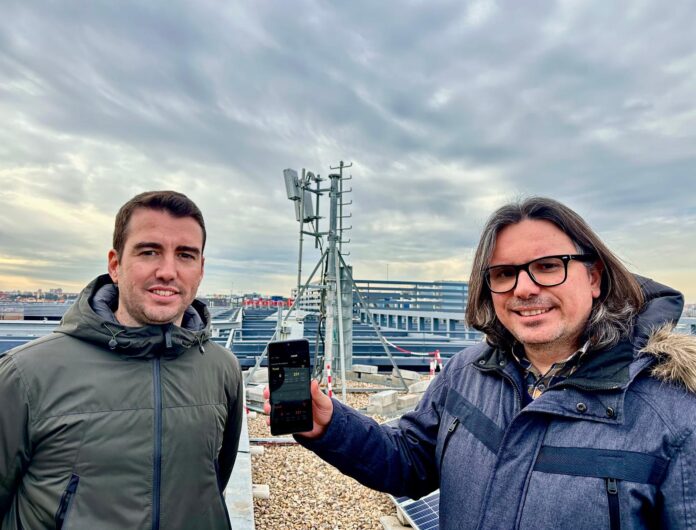Although the 5G-Advanced era does not officially begin until the freeze of 3GPP’s Release 18, which is expected in June of this year, mobile network operators are already busy testing of related technology and features in the lab and even in the field.
Here are half a dozen recently announced tests of 5G-Advanced, with highlights on throughput and specific features that are expected to begin more organized emergence later this year.
-Vodafone, Qualcomm and Xiaomi touted tests of 5G-Advanced in January of this year, which leveraged Vodafone’s 5G Standalone networks in both Spain and Germany in what Vodafone said were the first European technical tests of Uplink Carrier Aggregation with Tx Switching, which combines multiple transmission channels and must be supported at both the mobile base station antenna and the device level. Peak upload speeds reached 273 Mbps, compared to typical current upload speed capabilities of about 100 Mbps.
“The evolution of 5G towards 5G Standalone, the ultimate realisation of 5G technologies is a crucial step for enabling the full promise of 5G with 5G Advanced,” said Enrico Salvatori, SVP and president, of Qualcomm Europe/MEA of Qualcomm Europe.
-Last month, Elisa and Nokia claimed to be the first to showcase 5G-Advanced L4S technology for real-time applications in congested network environments in the Nordics. Low Latency, Low Loss, Scalable Throughput, or L4S, helps 5G network users stream content seamlessly in congested radio network environments such as at concerts or sports events.
The trial, which was held at the Nokia Arena in Tampere, Finland, utilized Nokia’s 5G AirScale portfolio over Elisa’s live 5G Standalone network. During the trial, two smartphones were used in a congested network to play the same footage. However, only one of these phones used L4S. The non-L4S enabled device would halt immediately when attempting to load the streaming content, while the L4S content streamed instantly, according to Nokia.
–Verizon and Ericsson have also tested L4S, at Ericsson’s D-15 5G innovation and co-creation lab in Santa Clara, CA, using an XR set-up connected over an Ericsson 5G SA core connected to Verizon’s C-Band spectrum. The results, according to Verizon, improved latency reduction by up to fifty percent.
“While the first wave of 5G saw massive network infrastructure deployments, increased 5G adoption, and rapid ecosystem building, the second wave of the 5G era will be characterized by widespread innovation built on speed, massive capacity, low latency, security and reliability,” said Adam Koeppe, SVP of Network and Technology Planning for Verizon.
-Huawei and Malaysian carrier Maxis said in late February that they held the first 5G-Advanced technology trial in Malaysia and Southeast Asia. Maxis said the trial featured interactive applications of 5G-Advanced, including low latency live streamings, live 3D content and immersive AR experiences. Speed testing achieved peak speeds up to 8 Gbps.
-TIM Brasil said at the end of February that it had set a new speed record in the Americas in 5G-Advanced tests. The testing, held in TIM Brasil’s laboratory in Rio de Janeiro, achieved peak download speeds of 11.6 Gbps data. TIM said that the testing “proved the feasibility of achieving extraordinary performance” with 5G-Advanced.
-During a media showcase in December at its headquarters in Käpylä, Helsinki, Finnish operator DNA highlighted 5G-Advanced demonstrations using its commercial network. A speed demonstration reached a peak of more than 9.5 Gbps; DNA said that the demonstration was achieved using both TDD and FDD spectrum: 26 GHz and 3.5 GHz (TDD) and 2.6 GHz, 2.1 GHz and 1.8 GHz FDD.
“Gigabit-class upload speeds will certainly be of particular interest to our corporate customers. 5.5G technology will make it possible to utilize AR and VR applications in larger environments than at present, such as in various industrial production facilities. Our goal is to be able to pilot the possibilities of the new technology with our customers in real usage situations, such as the fixed broadband connections of businesses and homes, in the near future,” said Jarkko Laari, VP of Radio Networks at DNA.
Looking for more insights on 5G testing in the lab and field? Check out the RCR Wireless News webinar on this topic and keep an eye out for our upcoming special report!

